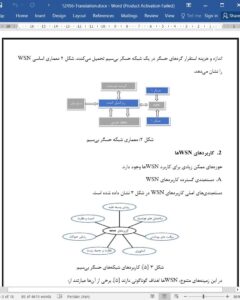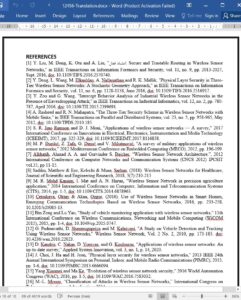Abstract
Wireless Sensor Networks require multiple robust security policy implementations in place to effectively secure any data that is being transmitted from or received by it. This in turn, requires efficient security policies and methods designed such that in the case of any attack, data is always protected. A single policy, while being efficient by itself, will not secure the network to the required extent against all types of attacks. Multiple security methods must be implemented in a layered manner in order to provide robust security. In this paper, broad categories of applications of Wireless Sensor Networks, and a brief description of these applications with a focus on security critical use cases such as the military are studied. Security goals and types of attacks with the corresponding countermeasures are evaluated. Various existing implementations of Wireless Sensor Network security protocols are reviewed, and the drawbacks of these methods are discussed. Proposals to overcome these drawbacks are suggested in the final sections of the paper.
I. INTRODUCTION
Wireless Sensor Networks (WSNs) collect data from the surrounding environment using a set of spatially dispersed sensors that gather data by measuring, monitoring and recording physical conditions as parameters such as temperature, sound, pollutant levels, humidity, etc. Data measured by these sensors are organized centrally. The wireless transportation of this sensor data requires spontaneous network formation as well as a wireless connection. The initial motivation for these wireless sensor networks was for military applications like battlefield surveillance. The use of these sensor networks has now diversified into consumer and industrial applications, where they are now widely used. Each sensor in the network is called a node. The number of nodes in a WSN can vary from a few hundreds to a few thousands, depending on the requirement of the application. Every node in the network is connected to one, sometimes more than one, central node(s). Fig. 1 is a representation of a typical WSN.
VI. CONCLUSION
Data transmitted by WSNs should be secured against numerous types of attacks possible for the system to operate reliably. Therefore, a unique combination of the security measures mentioned must be incorporated to design the most robust, effective system. The designed systems can be judged as per the unique requirement of the application based on a selected set of parameters such as energy efficiency, rate of secrecy, robustness of the system and resistance level to various types of attacks. Physical layer security has been identified as an energy efficient option for securing communication over WSNs.











